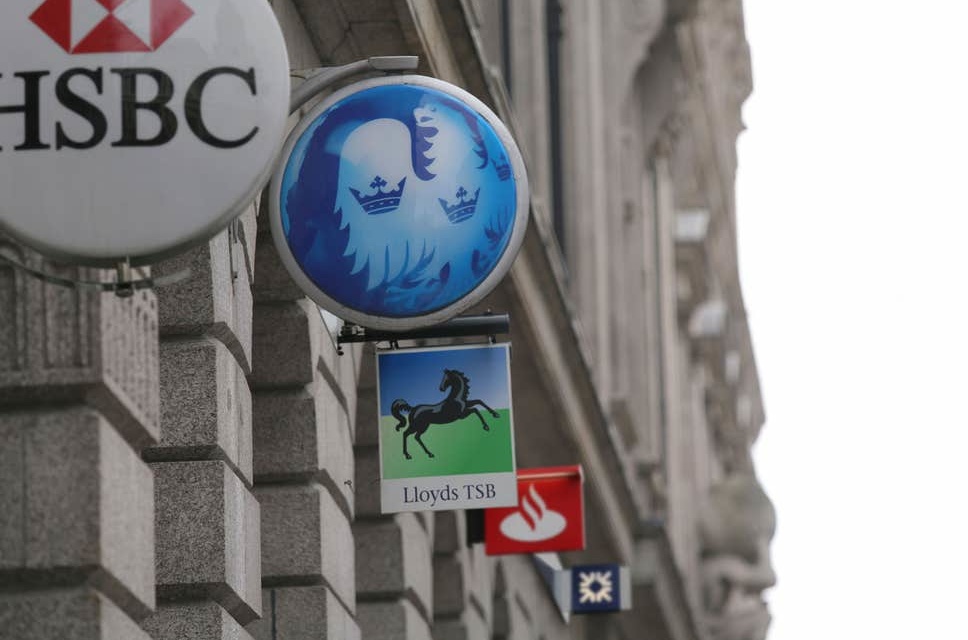“After the financial crisis and numerous scandals, policymakers in the UK and the US made bank culture a top priority. Everything and nothing changed.”
Originally written for the LSE Business Review:
Each year I give an undergraduate lecture on student loans. It is a thoroughly depressing two-hour slot. But each year it reminds me how the student experience has changed since I began my undergraduate degree in 1997.
One memory stands out in particular — visiting four large UK retail banks in my local village and being offered £50 to £100 to open one of their credit card accounts. Free beer money for me, I reasoned; and someone in the bank moved one step closer to reaching their sales targets. A win—win outcome.
Since the mid-2000s, though, this bank culture has come under scrutiny. In the UK customers became aware that the payment protection insurance they had been obliged to buy was virtually worthless; in the US mortgages were being sold to households who had no hope of making the repayments once the introductory offers expired; and then stories of Wells Fargo employees chasing potential checking account customers around shopping malls – to meet an end-of-month sales target – emerged in the mid-2010s.
So, what is bank culture? Academic accounts tell us that a corporation’s culture is the beliefs and actions of its employees. Culture drives behaviors and strategies, what employees live and breathe daily.
Neoclassical economics usually assumes that behaviors stem from financial incentives: offer an employee a big enough bonus and he or she will sell life insurance to a corpse. Behavioral economics shows that status and approval are equally important: getting the biggest bonus is often more important than the actual financial sum itself. Some studies have concluded that culture may even be the determining factor behind the long-term success and sustainability of a firm. As the financial crisis showed, however, the opposite can also be true.
“Everything and Nothing Has Changed”
After the financial crisis and numerous scandals – rate-fixing, money-laundering and mis-selling – policymakers in the UK and the US made banking culture a top priority. A multitude of new institutions were established, and new laws passed. Huge amounts of political and economic resources were thrown at the bank culture problem.
But after this monumental political and economic effort, everything and nothing has changed in Anglo-American banking culture. What you see depends on where you stand.
For my recent book, I spoke to about 159 bank employees in both the US and the UK. They said their work environment – their “culture” – has become extremely claustrophobic. Every email is scanned and scrutinized; casino-style cameras – monitoring employee behavior patterns – have been introduced; in some banks, sales targets have been completely abandoned; and criminal penalties have been introduced for misconduct. Bank staff feel constrained and derided. Countless times I was told that the world of banking has changed beyond recognition.
But this is an unhelpful way to think about bank culture, because it over-emphasizes the internal perspective on cultural reform. The question from a broader perspective ought to be: has the culture reform agenda helped remedy the inequality and instability that the largest banks contribute to and profit from?
No. Banks – particularly in the UK and the US – are arguably among the most important corporations, wielding massive influence over democratic politics and playing a huge role in shaping society.
Debt is the most obvious example of the latter effect. Given relatively stagnant wages in both the UK and the US and the dependence on consumer spending – consumption – to drive these economies, it seems we cannot live without our credit cards. This process empowers the banks, as guardians of the credit economy. And it is also one reason why banking culture matters to us all.
Banking culture in the Anglo-America economies has shifted very little. Wages in the financial sector are still disproportionately high. Pro-economic recovery measures, such as quantitative easing and low interest rate, have boosted asset prices and aided the profitability of the banks; however, there is little evidence that these measures contributed to an economic recovery. And after a slight dip, bank bonuses at some of the top US banks soon rocketed.
Everything and nothing has changed.

